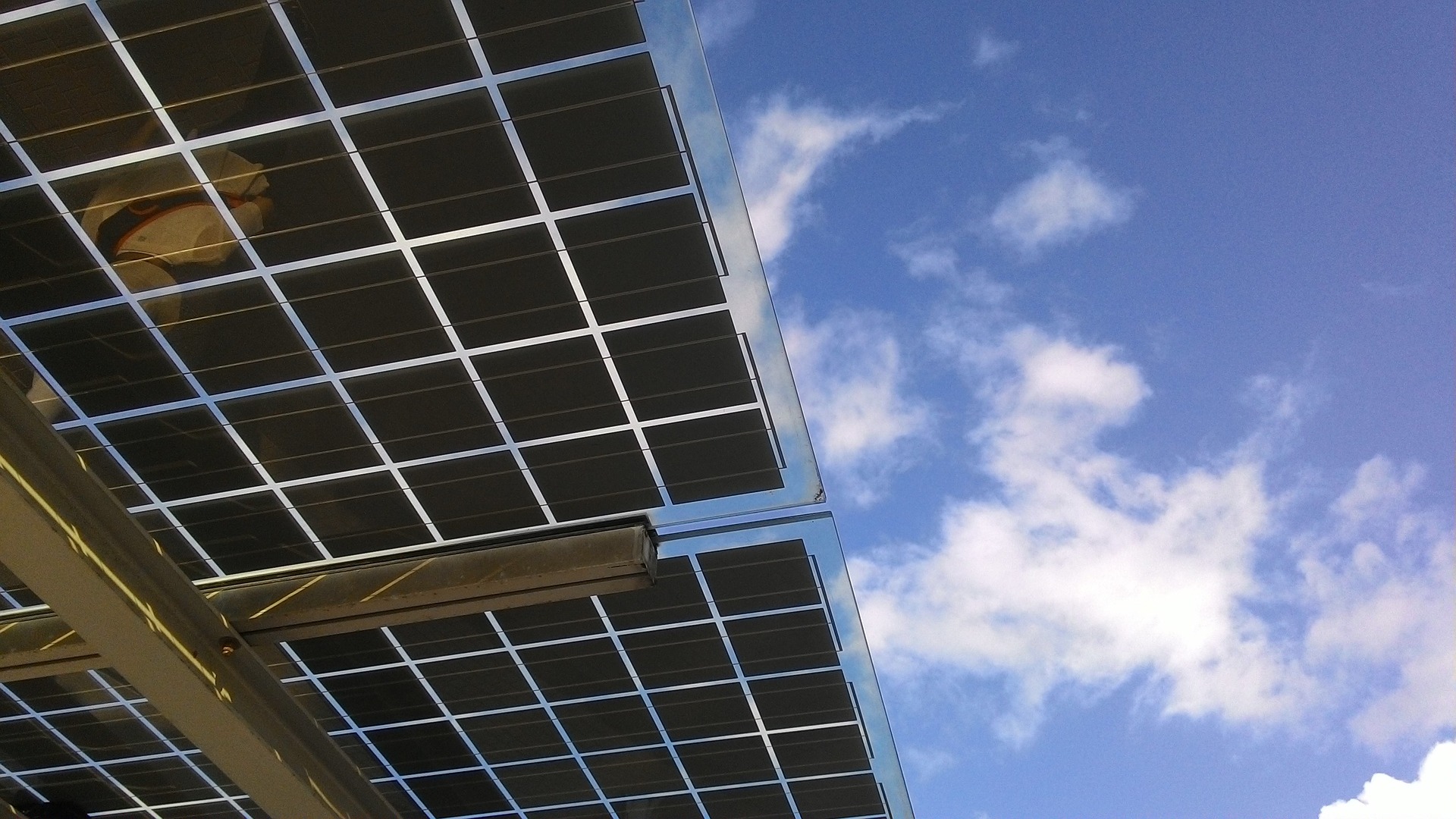By Josh Cohen.
California is ready to spend $1 billion over the next decade on rooftop solar installation for low-income residents. In December, the California Public Utilities Commission (CPUC) approved the creation of the Solar on Multifamily Affordable Housing (SOMAH) program. Funded by the statewide greenhouse gas cap-and-trade program, it will provide $100 million in annual solar installation incentives for the owners of affordable multifamily buildings.
The new program has been in the works for several years. The broad framework for the program was created by the state legislature in 2015. The bill made clear SOMAH is meant to help California meet its climate goals, help reduce energy bills for low-income residents and ensure that green energy infrastructure isn’t just for the wealthy.
“While it’s generally cost effective to install solar without incentives for market rate housing, it’s not the same for low-income and affordable housing,” says CPUC solar program manager Sara Kamins. “If the state wants to ensure all Californians have access to solar, this will help achieve that goal.”
To qualify for the incentives, the building must have at least five income-restricted affordable units. In addition, 80 percent of tenants must be earning 60 percent of area median income or the building must be located in a “disadvantaged” area. The incentives are paid out per watt of electricity generated by the panels. The portion of solar electricity serving tenants pays up to $3.20 per watt. The portion serving building common areas pays up to $1.10 per watt. The far higher incentive for tenant energy is meant to ensure the program helps low-income residents.
[divider] [/divider]





